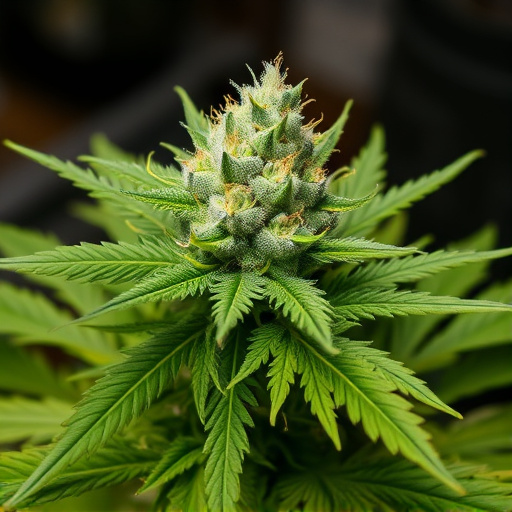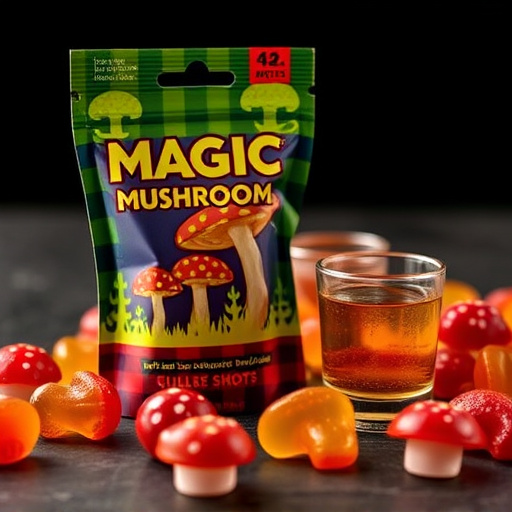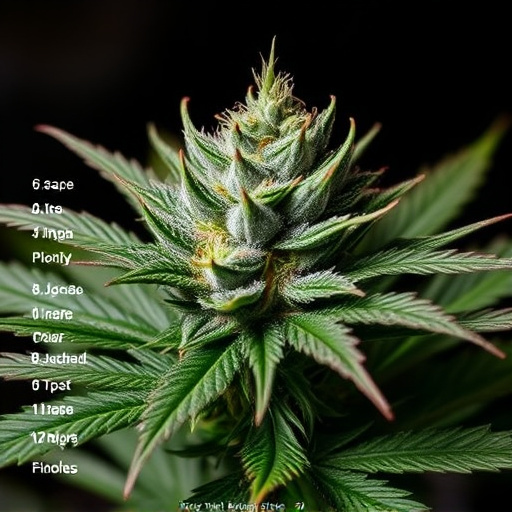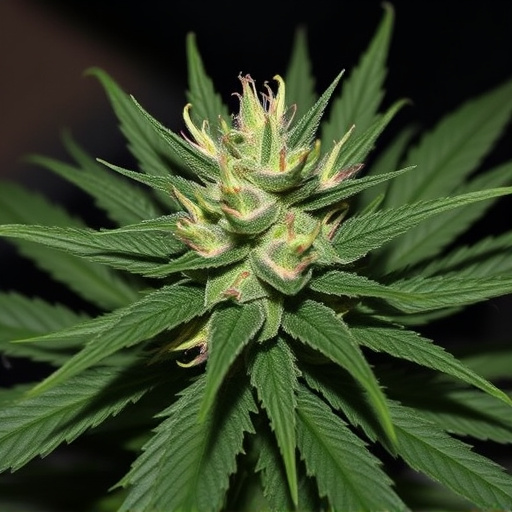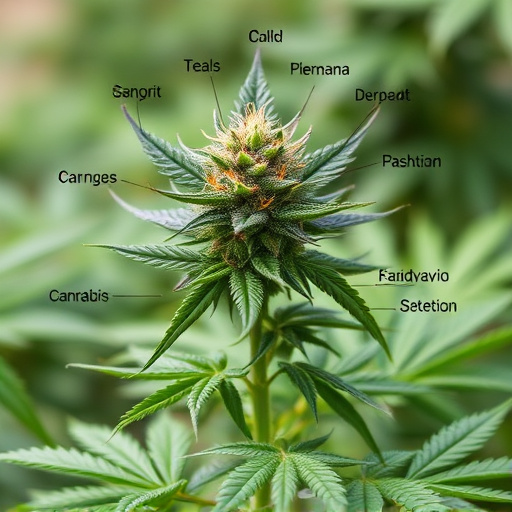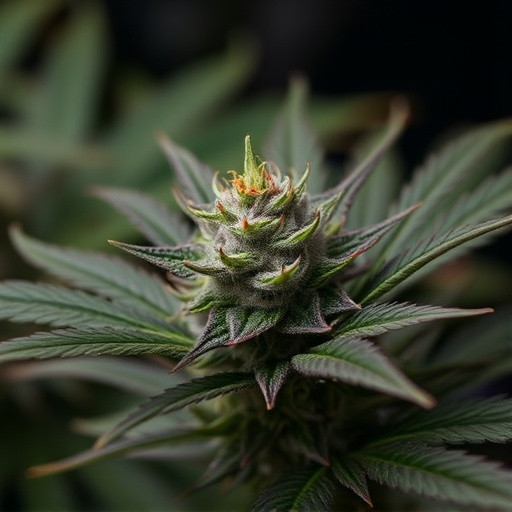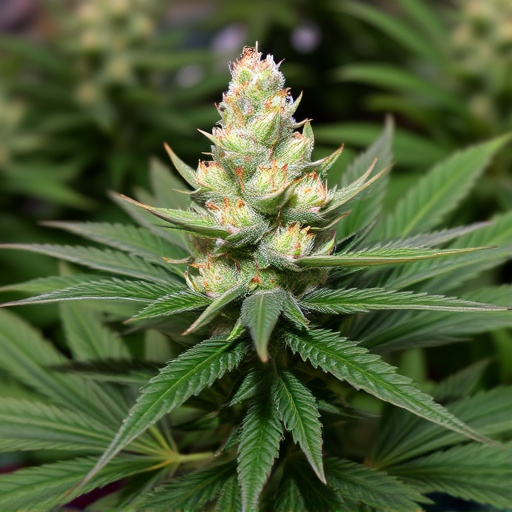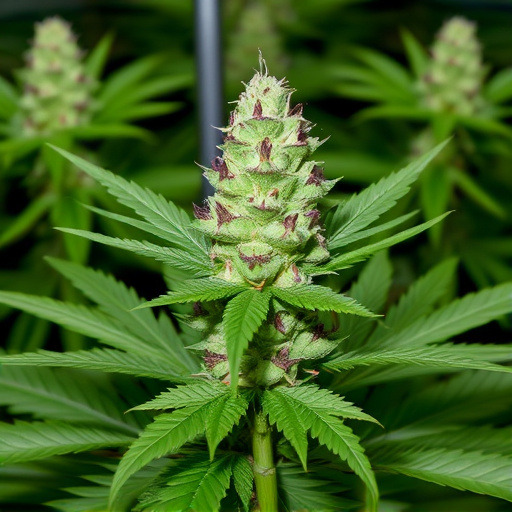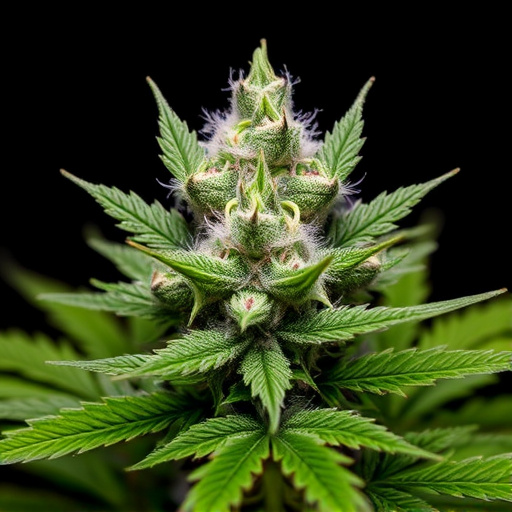Maintaining quality and freshness in cannabis cup winning strains is paramount. Visual cues like discoloration, fuzziness, or stains indicate mold or decay, affecting resin and trichome integrity. Early detection through bud erosion reveals these issues, impacting both aesthetics and chemical composition. Skilled tasters identify off-notes caused by mold or storage problems, emphasizing the importance of proper storage techniques to preserve delicate aromas. Physical signs like yellowing leaves, crispy texture, and loss of dense consistency signal damage, affecting both appearance and smoking/vaping experience. Staying vigilant for moldy spots is crucial, ensuring consumers receive high-quality, fresh cannabis cup winning strains.
“Unveiling the subtle yet critical signs of moldy or expired cannabis is essential for enthusiasts and growers alike, especially when aiming for that perfect high. This guide delves into the art of identifying spoiled weed, focusing on visual cues, aroma analysis, and texture scrutiny. From the vibrant tapestry of discolored flowers to off-putting odors and physical changes in consistency, we explore what sets apart a premium cannabis cup winning strain from one that has seen better days.”
- Visual Cues: Identifying Mold and Discoloration in Cannabis Flowers
- Aroma Analysis: Uncovering Off-Levels and Spoilage in Potent Strains
- Texture and Consistency: The Physical Signs of Aged or Damaged Cannabis
Visual Cues: Identifying Mold and Discoloration in Cannabis Flowers
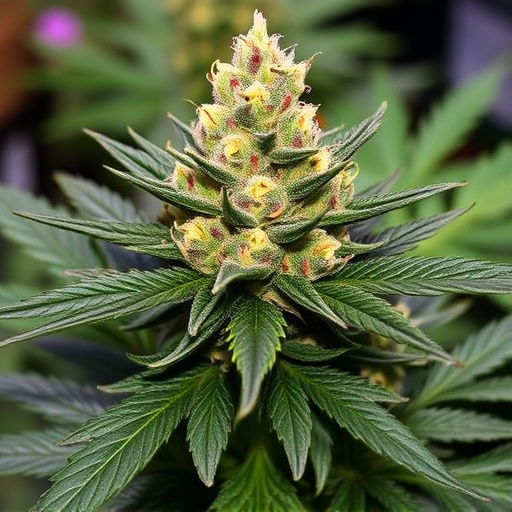
When it comes to cannabis, ensuring the quality and freshness of your flowers is paramount. One of the most visible indicators of mold or decay in cannabis plants is the presence of discoloration. Experienced cultivators and enthusiasts alike should look out for spots, stains, or patches that deviate from the usual vibrant hues. Moldy cannabis may appear fuzzy or discolored, with shades ranging from gray to brown, often accompanied by a musty odor. These visual cues are telltale signs that something is amiss, potentially indicating the growth of mold or the onset of decay in the delicate process of cannabis cultivation, especially for highly prized Cannabis cup winning strains.
Examining the buds closely, you might notice areas of erosion, where the resin and trichomes—responsible for the plant’s unique aroma and effects—have deteriorated. This not only impacts the aesthetic appeal but also alters the chemical composition, affecting the overall experience and potential therapeutic benefits. Early detection is crucial; promptly addressing these visual cues can help prevent further damage and ensure you’re enjoying top-quality cannabis, be it from cultivated flowers or harvested buds meant for various consumption methods.
Aroma Analysis: Uncovering Off-Levels and Spoilage in Potent Strains
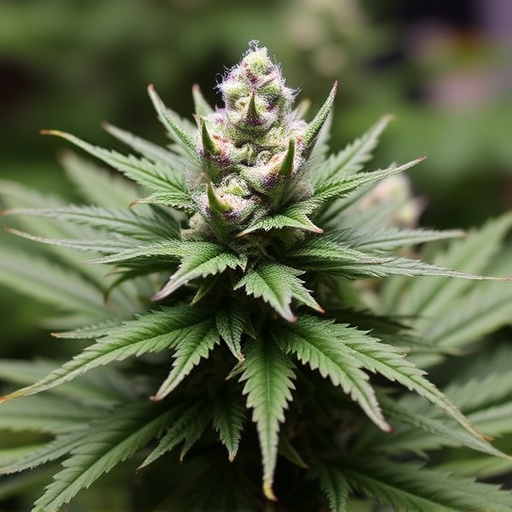
Cannabis enthusiasts and professionals alike know that a weed’s aroma is a telltale sign of its quality, especially among coveted cannabis cup-winning strains. Aroma analysis plays a critical role in identifying signs of mold or spoilage in potent strains. Skilled tasters can detect subtle off-levels that may indicate the presence of musty or earthy odors caused by mold growth or improper storage.
These off-notes can range from unpleasant earthy, musty, or damp scents to more specific reminders of rotten produce or mildewed paper. For cannabis cup winning strains, where flavor and aroma are highly prized, even the faintest hint of spoilage can be a red flag. Proper storage techniques and keen olfactory senses are essential to preserving the delicate aromas that make these top-tier strains so sought after.
Texture and Consistency: The Physical Signs of Aged or Damaged Cannabis
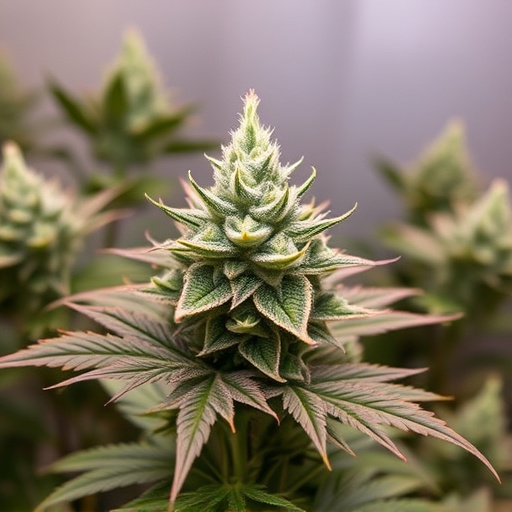
When it comes to discerning the quality and freshness of cannabis, one of the most tangible aspects to examine is the texture and consistency of the buds. Over time, as cannabis ages or becomes damaged, physical signs can appear that indicate its decline. The once vibrant green leaves may start to yellow or brown, and a crispy, brittle texture can develop. This is especially noticeable in cannabis cup winning strains known for their delicate balance of terpenes and cannabinoids.
The buds themselves might lose their dense, sticky consistency and become dry and powdery. This can affect not only the aesthetic appeal but also the overall experience of smoking or vaping. In addition, moldy spots may appear on the surface of the flowers, which is a clear sign that the cannabis has been exposed to excessive moisture or poor storage conditions. Staying vigilant for these physical indicators ensures that consumers receive high-quality, fresh cannabis, maximizing both its potency and sensory pleasure.
When it comes to discerning the quality of cannabis, especially esteemed cannabis cup winning strains, knowledge of moldy or expired product signs is paramount. By understanding visual cues like mold and discoloration, recognizing off-aromas and spoilage, and assessing texture changes, consumers can ensure they’re investing in premium, potent strains. Proper storage and keen observation are key to preserving the delicate flavors and effects associated with top-tier cannabis offerings.
